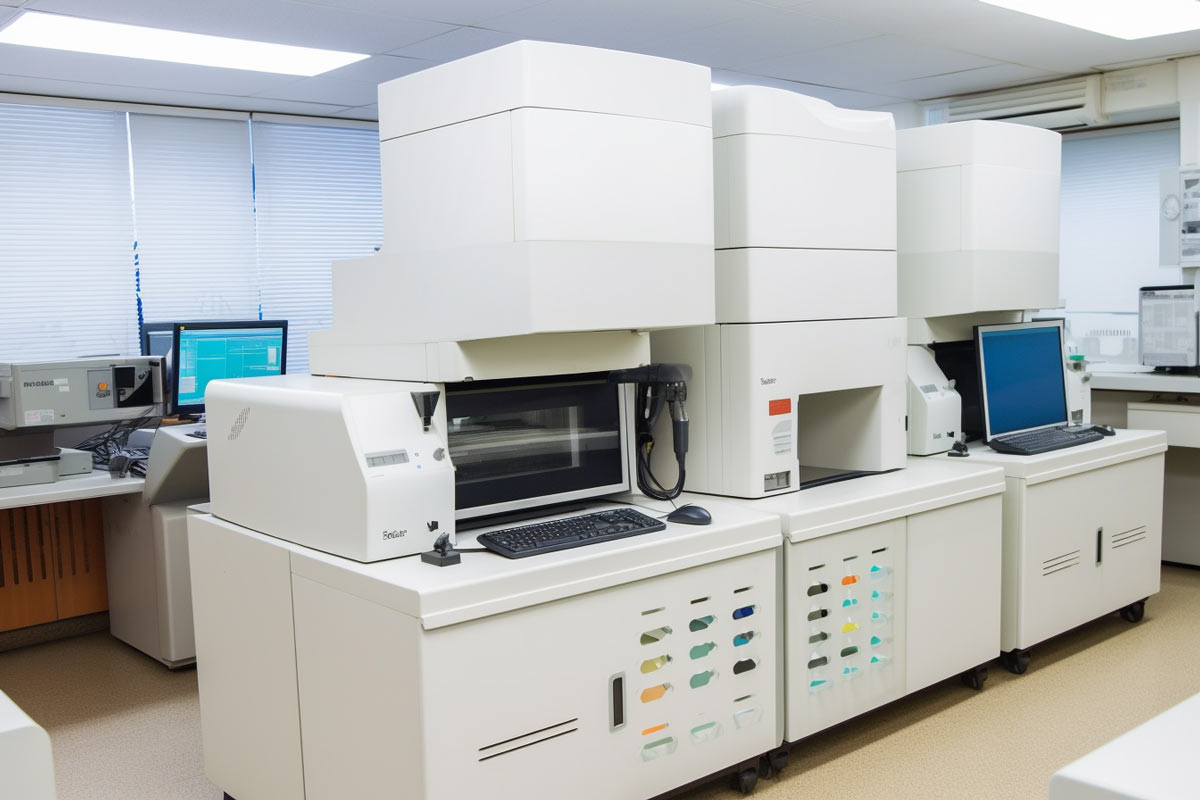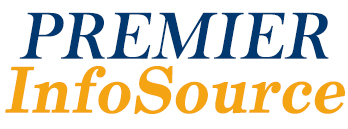Learn about the different types of drug tests used for employment screening and what to expect during the process.

Employee drug testing is an essential component of maintaining a safe and productive work environment. Companies across the United States, including those partnering with Premier InfoSource, require drug testing as part of their employment process or ongoing workplace policies. This comprehensive guide will discuss the various types of drug tests typically used for employment screening, including 5-panel hair drug tests, 10-panel urine drug tests, 5-panel urine drug tests (DOT), urine alcohol testing, and 5-panel urine drug tests. Additionally, we will provide answers to frequently asked questions and a conclusion to help you better understand the drug testing process.
Types of Drug Tests for Employment Screening
-
5-Panel Hair Drug Test
A 5-panel hair drug test analyzes a sample of hair to detect the presence of specific drugs or their metabolites. This test screens for five classes of commonly abused substances, including amphetamines, cocaine, opiates, phencyclidine (PCP), and marijuana (THC). Hair testing offers several advantages over urine testing, such as a longer detection window (up to 90 days) and a lower likelihood of tampering with the sample.
-
10-Panel Urine Drug Test
A 10-panel urine drug test is an extension of the 5-panel test, screening for additional substances. Along with the five substances mentioned earlier, this test also detects barbiturates, benzodiazepines, methadone, propoxyphene, and methaqualone. A urine sample is collected and analyzed for the presence of these drugs and their metabolites. Urine tests have a detection window of a few days to a couple of weeks, depending on the substance.
-
5-Panel Urine Drug Test (DOT)
The 5-panel urine drug test (DOT) is a standard drug test required by the Department of Transportation (DOT) for safety-sensitive employees, such as truck drivers, pilots, and railroad workers. This test screens for the same five substances as the regular 5-panel test: amphetamines, cocaine, opiates, phencyclidine (PCP), and marijuana (THC). The DOT has strict guidelines and procedures in place for drug testing to ensure accuracy and reliability.
-
Urine Alcohol Testing
Urine alcohol testing measures the level of alcohol in the urine to determine if an individual has recently consumed alcohol. This test is commonly used in conjunction with other drug tests to assess overall substance use. Urine alcohol tests have a shorter detection window than other methods, typically ranging from a few hours to 24 hours after consumption.
-
5-Panel Urine Drug Test
The 5-panel urine drug test is the most common type of drug test used for employment screening. It screens for the same five substances as the 5-panel hair drug test and the 5-panel urine drug test (DOT): amphetamines, cocaine, opiates, phencyclidine (PCP), and marijuana (THC). A urine sample is collected and analyzed for the presence of these drugs and their metabolites.
Employment Drug Screening FAQs
How long do the results of a drug test take?
A: The turnaround time for drug test results can vary depending on the testing method and laboratory. Generally, results are available within 24 to 72 hours after the sample is received by the lab.
Can a drug test produce a false positive result?
A: Although uncommon, false positives can occur due to various factors, such as cross-reactivity with certain medications, laboratory errors, or consumption of some foods. If you believe you have received a false positive result, it is essential to inform your employer and discuss the possibility of a retest or a confirmation test using a more accurate method, such as gas chromatography-mass spectrometry (GC-MS).
How can I prepare for a drug test?
A: To prepare for a drug test, it is crucial to avoid the consumption of any substances that could produce a positive result. Stay hydrated, maintain a healthy lifestyle, and follow any specific instructions provided by the testing facility. It is also essential to bring a valid form of identification and any necessary documentation to the appointment.
Can second-hand smoke cause a positive result on a drug test?
A: The likelihood of second-hand smoke causing a positive result on a drug test is minimal. Most drug tests have established cut-off levels to differentiate between active drug use and incidental exposure. However, it is still recommended to avoid environments with heavy drug use, especially prior to a drug test.
Are drug tests confidential?
A: Drug test results are generally kept confidential and can only be shared with authorized individuals, such as employers or medical review officers. The Health Insurance Portability and Accountability Act (HIPAA) may also protect the privacy of your drug test results, depending on the testing facility and the specific circumstances.
Conclusion
Employee drug testing plays a vital role in ensuring workplace safety and productivity. Understanding the various types of drug tests used for employment screening, such as 5-panel hair drug tests, 10-panel urine drug tests, 5-panel urine drug tests (DOT), urine alcohol testing, and 5-panel urine drug tests, can help both employees and employers make informed decisions regarding their drug testing policies.
Premier InfoSource provides an extensive list of employee drug testing locations throughout the United States, making it easy for individuals to find a certified facility near their zip code. By being knowledgeable about the drug testing process and staying informed about the different types of tests, employees can better prepare for a drug test and contribute to a safe and productive work environment.


